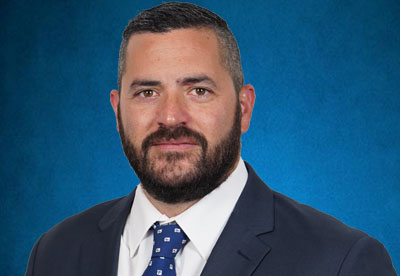Second Track – Phase I
Location:
Suffolk County, NY
Client:
MTA Long Island Rail Road
Contract Value:
$36.5 Million
Project Dates:
February 2014 - December 2016
- No Lost Time Injuries
- No Liquidated Damages
- Installation of Second Track to Increase Service, Reliability, and On-Time Performance of the LIRR
- Site Access was Limited by Right-of-Way Restrictions, Overhead Lines, and Residential Properties
- ASCE LI 2017 Design-Build Award
PROJECT OVERVIEW
This Design-Build project enabled the LIRR to install a second track through the first segment of a largely single-tracked, 19.9-mile corridor between Farmingdale and Ronkonkoma in Suffolk County, New York. Constructing a second track eliminated LIRR operational limitations by increasing service, reliability, and on-time performance along the main line, providing for faster recovery time following service incidents, and when combined with other infrastructure improvements, providing more service capacity to meet existing and future service and ridership demands. The Design-Build Team performed all work within the right of way, including clearing and grubbing, excavation and backfill, construction of infiltration trenches, construction of retaining walls to support the future second track (cut walls and fill walls), placing of subgrade and sub ballast, installation of fences, rebuilding four crossings, relocation of an existing pedestrian bridge and wetland mitigation at the adjacent park.
WHAT MADE THIS JOB COMPLEX
Access at the site made this project very complex. The LIRR Right-of-Way Corridor for the Second Track is a 33-foot wide easement containing a single track favoring the middle of the easement. At each station in the corridor, a second passing track for station operation is situated in the same 33-foot easement. In addition to those restrictions, the Design-Build Team also had to navigate around overhead power, communication, and signal lines, wetlands, and nearby residential properties. The work also required scheduling items around the completion of utility relocations by the LIRR.
HOW POSILLICO SOLVED IT
The Design-Build Team’s approach was designed to allow construction activities to progress in a logical and unobtrusive manner to maintain railroad operations in the surrounding community, utilizing an innovative design that reduced the length and placement of retaining walls, utilizing methods and equipment to work in the abbreviated workspace, and negotiate access agreements within the community to provide the needed access to complete the planned construction. The Design-Build Team also assisted the LIRR with utility relocations to shorten the impact on the schedule and engineered methods to allow work to be performed around existing utilities through contract modifications. As one of the most highly traveled routes in the country, it was vital to maintain rail traffic throughout the project.




